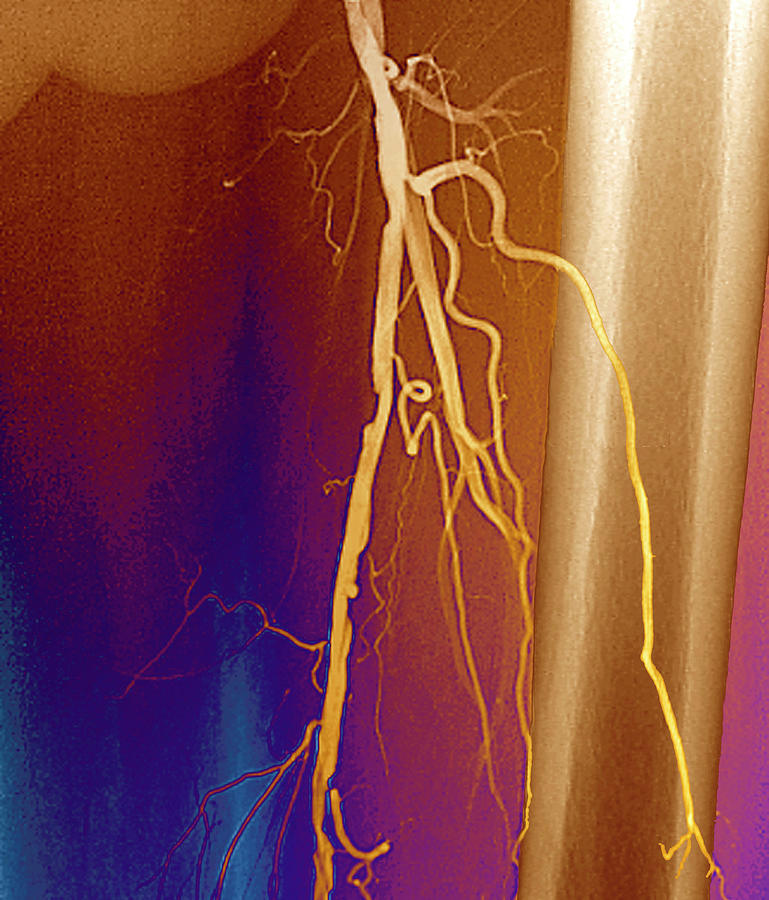

#Femoral pulse series#
See: illustrationĪ tracing of this is called a sphygmogram and consists of a series of waves in which the upstroke is called the anacrotic limb, and the downstroke (on which is normally seen the dicrotic notch), the catacrotic limb. Throbbing caused by the regular contraction and alternate expansion of an artery as the wave of blood passes through the vessel the periodic thrust felt over arteries in time with the heartbeat. The sphygmographic tracing (or pulse tracing) consists of a curve having a sudden rise (primary elevation) followed by a sudden fall, after which there is a gradual descent marked by a number of secondary elevations.ģ. If a pulse is noted to be weaker during inhalation and stronger during exhalation ( pulsus paradoxus), this could indicate either greater reduction in the flow of blood to the left ventricle than is normal, as in constrictive pericarditis or pericardial effusion, or a grossly exaggerated inspiratory maneuver, as in tracheal obstruction, asthma, or emphysema.Īn instrument for registering the movements, form, and force of the arterial pulse is called a sphygmograph. On such a scale zero would mean that the pulse cannot be felt +1 would indicate a thready, weak pulse that is difficult to palpate, fades in and out, and is easily obliterated with slight pressure +2 would be a pulse that requires light palpation but once located would be stronger than a +1 +3 would be considered normal and a +4 pulse would be one that is strong, bounding, easily palpated, and perhaps hyperactive, and could indicate a pathological condition such as aortic regurgitation. To provide a more standardized description of pulse amplitude some agencies and hospitals use a scale that provides a more objective evaluation and reporting of the force of a pulse.
#Femoral pulse full#
The amplitude of a pulse can range from totally impalpable to bounding and full however, such terms are vague and subject to misinterpretation. The rhythm is checked for possible irregularities, which may be an indication of the general condition of the heart and the circulatory system. The average rate in an adult is between 60 and 100 beats per minute. In taking a pulse, the rate, rhythm, and strength or amplitude of the pulse are noted. The number of beats felt in exactly 1 minute is the pulse rate. Pressure should be light if the artery is pressed too hard, the pulse will disappear entirely. The examiner's thumb is never used to take a pulse because its own pulse is likely to be confused with that of the patient.


The pulse is usually felt just inside the wrist below the thumb by placing two or three fingers lightly upon the radial artery. A pulse in the veins is too weak to be felt, although sometimes it is measured by sphygmograph (see below) the tracing obtained is called a phlebogram. It is analogous to the hammering sound heard in steam pipes as the steam is forced into the pipes under pressure. This shock wave is generated by the pounding of the blood as it is ejected from the heart under pressure. What is felt is not the blood pulsing through the arteries (as is commonly supposed) but a shock wave that travels along the walls of the arteries as the heart contracts. Other sites for pulse measurement include the side of the neck (carotid artery), the antecubital fossa (brachial artery), the temple (temporal artery), the anterior side of the hip bone (femoral artery), the back of the knee (popliteal artery), and the instep (dorsalis pedis artery). the beat of the heart as felt through the walls of a peripheral artery, such as that felt in the radial artery at the wrist. Very often the scale model is smaller than the original and used as a guide to making the object in full size.2. There is no fixed dividing line between small and large scales.)Ī scale model is a representation or copy of an object that is larger or smaller than the actual size of the object being represented. The fraction 1/10,000 used for a local map is much larger than 1/100,000,000 used for a global map. (The usage large and small in relation to map scales relates to their expressions as fractions. The scale of a map projection must be interpreted as a nominal scale. In large scale maps of small areas the variation of scale may be insignificant for most purposes but it is always present. The variation of scale may be considerable in small scale maps which may cover the globe. In general the scale of a projection depends on position and direction.
.png)
A town plan may be constructed as an exact scale drawing, but for larger areas a map projection is necessary and no projection can represent the Earth's surface at a uniform scale.


 0 kommentar(er)
0 kommentar(er)
